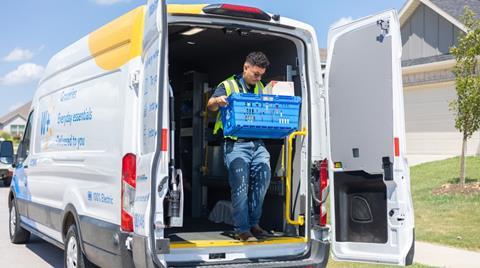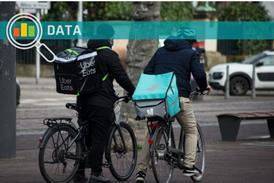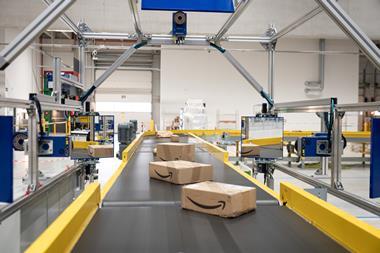Walmart has implemented new geospatial technology in an attempt to expand its delivery services to an additional 12 million US households

What is it?
Walmart’s new delivery system utilises geospatial technology that divides service areas into hexagonal grids rather than relying on conventional boundaries, like postcodes. These hexagonal “tiles” reportedly function similarly to pixels in a digital image, with each containing real-time data on multiple variables including slot availability, drive time, store capacity and customer demand.
According to Walmart, the hexagonal mapping approach offers coverage without gaps – a geometric advantage over square or circular grids that can create inefficiencies or exclude areas at boundary edges. The retailer claims this precision mapping ensures that households previously just beyond delivery boundaries can now receive service, even if they’re across the street from currently served areas.
A notable aspect of the system is its capability to fulfil customer orders from multiple Walmart stores within a service area. Previously, orders were typically fulfilled by a single store based on customer location, which could result in multiple deliveries at different times if products weren’t available at that location. The new system purportedly allows delivery drivers to collect products from multiple stores, aiming to ensure customers receive complete orders in one delivery.
Why does it matter?
This technological advancement represents Walmart’s latest move in the competitive convenience-focused retail landscape. By expanding delivery reach to 12 million additional households, Walmart aims to grow its potential customer base while attempting to strengthen its position against competitors like Amazon, Target and grocery delivery services.
The development comes as consumer expectations for delivery convenience continue to rise. Post-pandemic shopping habits have increased the importance of home delivery options, with many consumers now expecting same-day delivery as increasingly commonplace.
For consumers in previously underserved areas, particularly in suburban and rural regions where delivery options may be limited, this expansion could potentially alter shopping patterns.
Strategic implications
Walmart’s implementation of geospatial technology carries several potential strategic implications. Rather than building new stores or fulfilment centres, Walmart is attempting to extract more value from its existing physical footprint. The approach aims to leverage the company’s extensive store network, which is one of its distinguishing characteristics when compared with pure ecommerce players.
The capability to fulfil orders from multiple stores within a service area could also potentially improve supply chain efficiency. This might reduce the frequency of split deliveries and increase the likelihood of complete order fulfilment.
This expansion appears designed to challenge Amazon’s delivery reach and forms part of Walmart’s strategy of using its physical store network in the last-mile delivery competition. By attempting to make same-day delivery accessible to more households, Walmart aims to enhance its convenience proposition against both traditional retailers and delivery-focused startups.
Winning strategies
- Focus on innovation
- Focus on operational efficiency

Want to peak behind the curtain into the strategies of more leading ecommerce retailers? Access your free copy of The World’s Best Ecommerce Retailers today to discover more.
You will discover:
- Where the top 10 retailers are investing money, time and resource to see the greatest returns online
- What’s shaping today’s ecommerce landscape and what you should be prioritising to drive growth
- Which digital innovations are all hype, and which really contribute to conversions
- How getting online payments right can drive loyalty and boost basket spend


























No comments yet